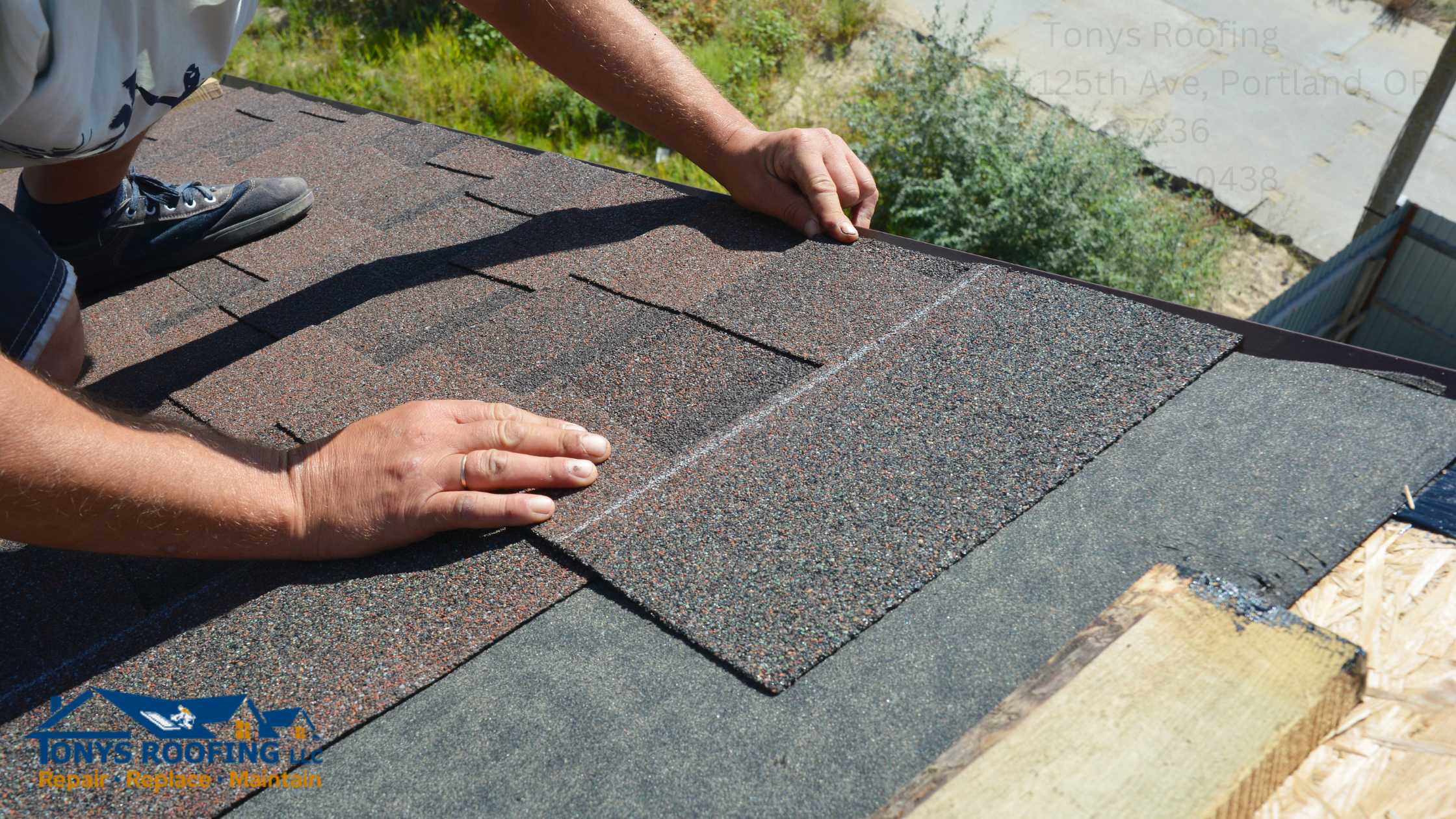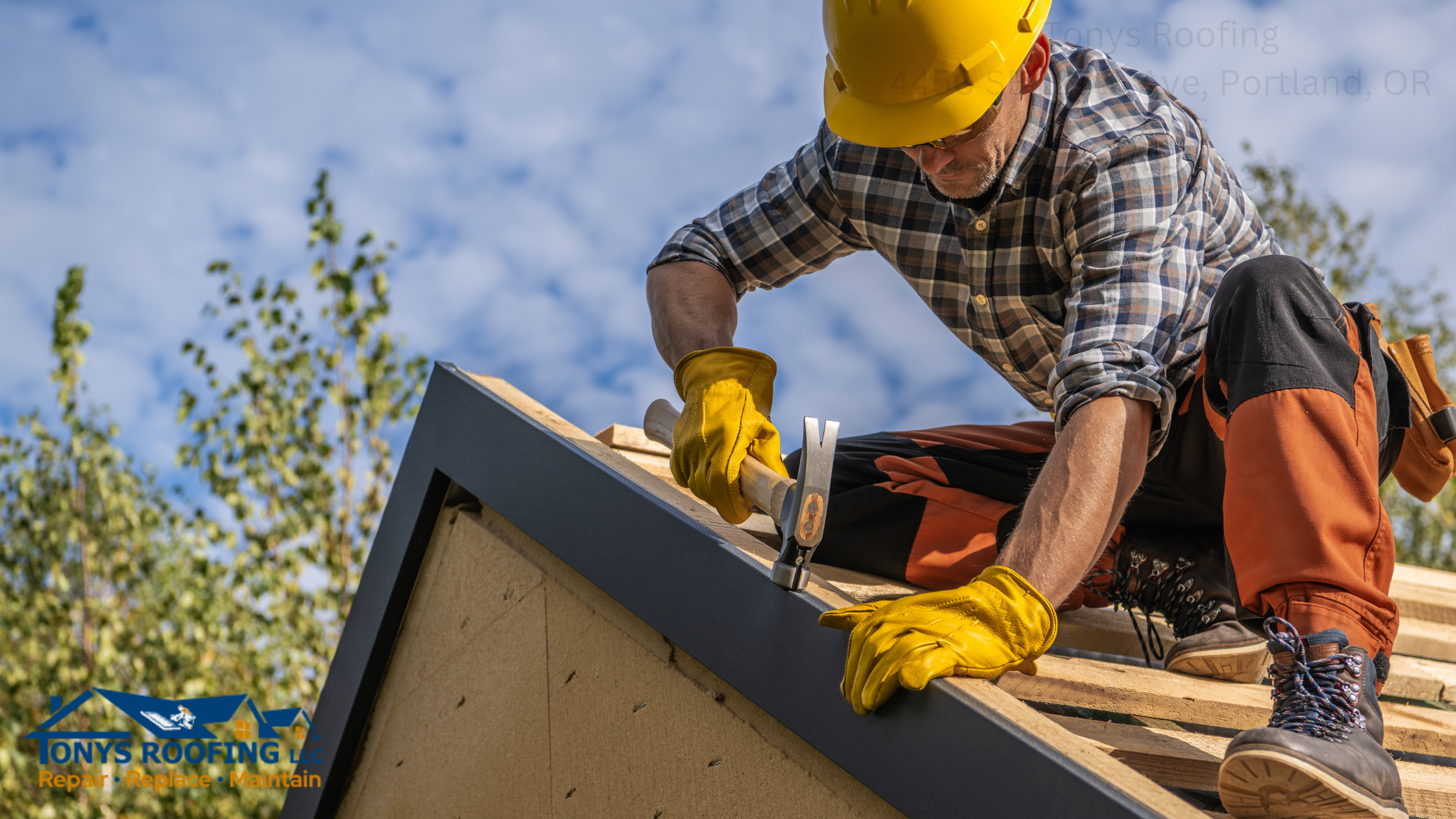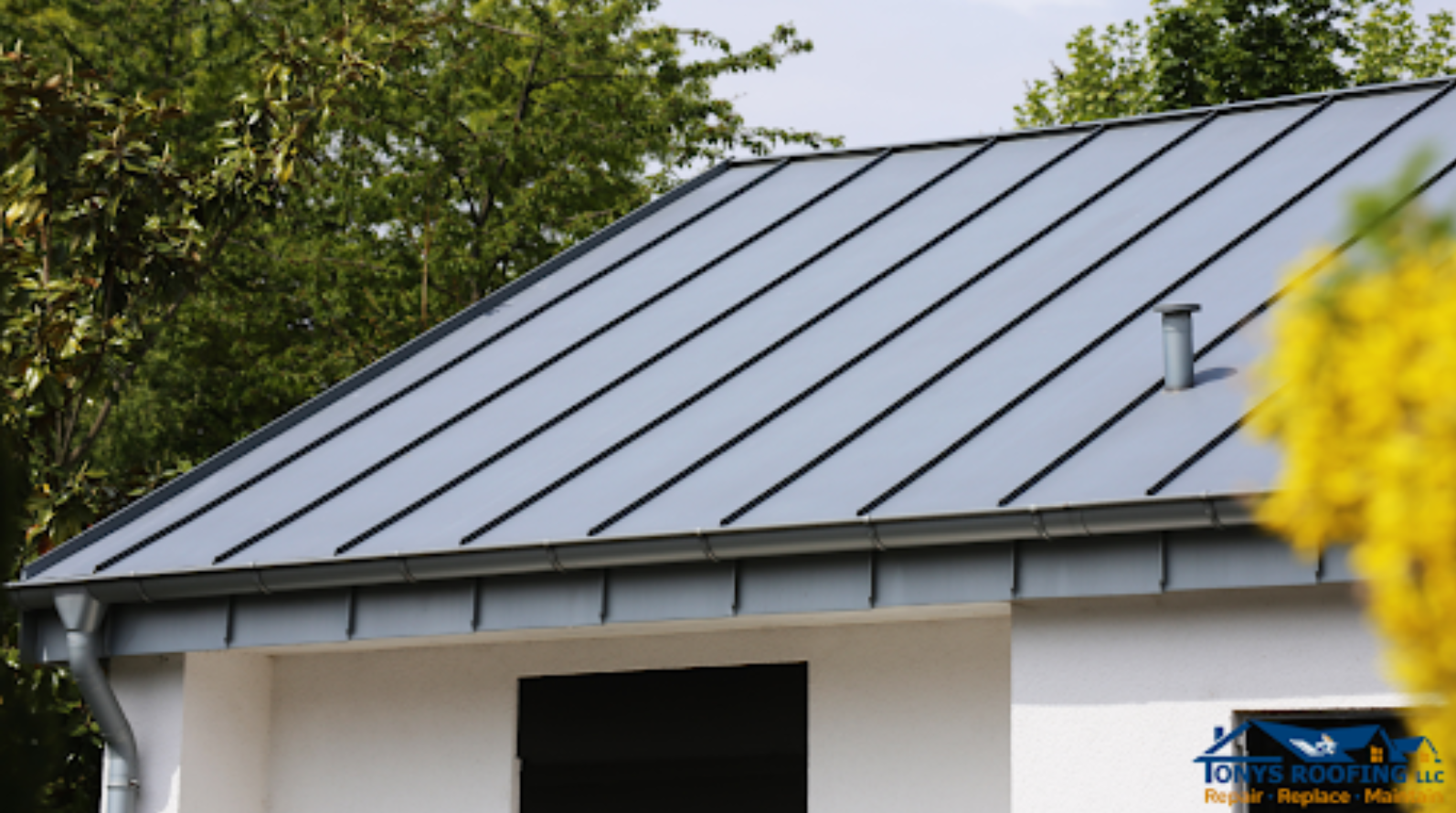Roofing is a critical aspect of any construction project, and understanding the costs involved is essential for both contractors and homeowners. This article delves into the average roofing costs, pricing factors, and regional variations that can affect your roofing projects. Exploring the Average Roofing Costs and Pricing Factors for Contractors When it comes to understanding the costs associated with roofing projects, there are several key factors that contractors consider. From materials to labor to warranties, pricing can vary based on a variety of elements. One important aspect to keep in mind is the type of material being used for your new roof. Whether you opt for asphalt shingles, metal tiles, or slate, each material comes with its own price range and durability.
The quality of the material will also impact the overall cost of your project. Additionally, labor costs play a significant role in determining the total price of your roofing job. Depending on the size and type of work needed, contractors may charge different rates for their services. It’s essential to get quotes from local roofers to compare prices and ensure you’re getting a fair deal. Another factor that can affect pricing is whether you need repairs or a full replacement.
While repairs may be more budget-friendly in the short term, replacing an entire roof could save you money in the long run by avoiding frequent maintenance costs. Insurance coverage is another consideration when it comes to roofing costs. Some policies may cover part or all of your project expenses depending on what type of damage is being repaired or replaced. Ultimately, understanding these pricing factors can help you make informed decisions about your roofing project and ensure that you get high-quality service at a fair price from reputable contractors who stand behind their work with solid warranties.
Average Roofing Costs
The average cost of roofing can vary significantly based on several factors, including the type of materials used, the complexity of the roof design, and the region in which the work is being done. On average, roofing costs can range from $80 to $120 per square meter for roof tiling, with labor costs being a significant portion of the total expense.
Roofing costs can vary significantly depending on a variety of factors, including the size and type of roof, materials used, labor costs, and location. When considering a new roof or replacement, it is essential to factor in all these elements to ensure you stay within your budget. On average, homeowners can expect to pay between $5,000 and $10,000 for a new asphalt shingle roof. However, prices can range from as low as $1 per square foot for basic materials to as high as $15 per square foot for premium options like metal or slate.
When hiring contractors for roofing repairs or replacements, it’s crucial to get multiple quotes and compare pricing. Keep in mind that cheaper rates may not always equate to quality workmanship or durable materials. It’s worth investing in a reputable company with a solid warranty to ensure your roof lasts for years to come.
Ultimately, the cost of roofing will depend on various factors unique to each project. By doing your research and getting quotes from local companies specializing in roofing services such as installation or repair work based on their expertise with different types of roofs like tiles or shingles – you can make an informed decision that fits both your needs and budget requirements.
Cost Breakdown
Pricing Breakdown When considering the cost of a new roof, it is essential to understand the breakdown of prices involved. From materials to labor costs, here is a detailed breakdown of what you can expect when budgeting for a roof replacement or repair project. On average, the cost of roofing materials can range from asphalt shingles to metal tiles or slate. The pricing for these materials will vary depending on the type and quality you choose.
Additionally, contractors may charge different rates based on their experience and location. Labor costs are another significant factor in determining the overall price of your roofing project. Depending on the size and type of job, contractors may charge per hour or offer a flat rate for installation services. It’s important to get an instant quote from local roofers to understand how much you will be paying for labor. In addition to material and labor costs, insurance may also play a role in your budgeting process.
Some contractors include insurance as part of their service rates, while others may charge extra for this coverage. Make sure to inquire about insurance coverage before making any decisions. Overall, pricing for a new roof replacement or repair can vary greatly depending on factors such as materials used, contractor rates, and additional services included in the package. By understanding these cost breakdowns upfront, you can make informed decisions about which company offers the best value for your money.
| Cost Component | Average Cost |
|---|---|
| Materials (Shingles, Nails, Tar Paper) | $50 – $70 per square meter |
| Labor | $30 – $50 per square meter |
| Cleanup/Removal | $10 – $20 per square meter |
| Permits | $100 – $500 (varies by region) |
Factors Influencing Roofing Costs
Several factors can impact the overall cost of a roofing project. Understanding these factors can help contractors provide accurate estimates and homeowners make informed decisions.
1. Type of Roofing Material
The choice of roofing material is one of the most significant factors affecting cost. Options range from asphalt shingles to metal roofing, each with its own price point and durability.
2. Roof Design Complexity
Complex roof designs with multiple slopes, valleys, and features will typically incur higher labor costs due to the increased time and skill required to install them.
3. Regional Pricing Variations
Roofing costs can vary widely by region. For example, urban areas may have higher labor costs compared to rural areas. Additionally, local building codes and permit fees can also influence pricing.
4. Labor Costs
Labor costs can vary based on the contractor’s experience, the project’s location, and the current demand for roofing services. Contractors often charge hourly rates, which can fluctuate based on these factors.
Latest Insights on Roofing Estimates
When preparing a roofing estimate, it is crucial to include detailed information to avoid unexpected costs. According to recent data:
- Company Contact Info: Ensure that all contact details are clear.
- Full Work Description: Provide a comprehensive description of the work to be done.
- Start and Completion Dates: Clearly outline the timeline for the project.
- Materials List: Specify the brands and types of materials to be used.
Understanding the average roofing costs and the factors that influence them is essential for contractors and homeowners alike. By considering these elements, you can ensure a smoother roofing project and avoid unexpected expenses.
Understanding Roofing Costs: A Detailed Breakdown
When considering a roof replacement, it’s essential to understand the various factors that contribute to the overall cost. Below is a detailed breakdown of the average costs associated with different roofing materials:
| Roofing Material | Average Cost per Square Foot | Durability (Years) | Pros | Cons |
|---|---|---|---|---|
| Asphalt Shingles | $3 – $5 | 15 – 30 |
|
|
| Metal Roofing | $7 – $12 | 40 – 70 |
|
|
| Tile Roofing | $10 – $20 | 50 – 100 |
|
|
| Slate Roofing | $15 – $30 | 75 – 200 |
|
|
Key Considerations for Roof Replacement
Essential Factors to Consider for Roof Replacement When it comes to roof replacement, there are several key considerations that can impact the overall cost and quality of the project. Here are some important factors to keep in mind:
1. Pricing: The prices for a new roof can vary depending on the type of materials used, the size of the job, and labor costs. It’s essential to set a realistic budget before starting the project.
2. Material Selection: Choosing between asphalt shingles, metal roofing, slate tiles, or other options will affect both the initial costs and long-term durability of your new roof.
3. Contractor Selection: Hiring a reputable contractor is crucial for ensuring that your roof replacement is done correctly and within budget. Be sure to research local companies and get multiple quotes before making a decision.
4. Warranty Coverage: Understanding what kind of warranty coverage you’ll receive from your chosen contractor is important for peace of mind in case any issues arise after installation.
5. Insurance Coverage: Check with your insurance provider to see if they cover any portion of the costs associated with roof repairs or replacements due to damage from natural disasters or accidents. By considering these factors carefully, you can ensure that your roof replacement project is completed smoothly and meets all your needs within your desired price range.
When planning for a roof replacement, consider the following key points:
- Insurance Coverage: Check with your insurance provider to see what roofing costs are covered under your policy. This can significantly affect your out-of-pocket expenses.
- Contractor Selection: Always get multiple quotes from different contractors. Look for reviews and ask for references to ensure you choose a reputable company.
- Permits and Regulations: Be aware of local building codes and regulations. Some areas may require permits for roof replacements, which can add to the overall cost.
- Timing: The time of year can affect pricing. Roofing contractors may offer discounts during off-peak seasons, so consider scheduling your replacement during these times.
Understanding the costs associated with roof replacement is crucial for homeowners. By considering the various materials, their pros and cons, and the factors that influence pricing, you can make an informed decision that fits your budget and needs. Remember to consult with professionals and gather multiple quotes to ensure you get the best value for your investment.
Whether you choose to handle maintenance tasks yourself or hire professionals Contact Tonys Roofing at 503-415-0438, staying proactive about roof care will pay off in the long run.
Remember, a well-maintained roof not only safeguards your home but also contributes to your peace of mind. Regular inspections, timely repairs, and informed decisions will help you enjoy a safe and comfortable living environment for years to come.
















